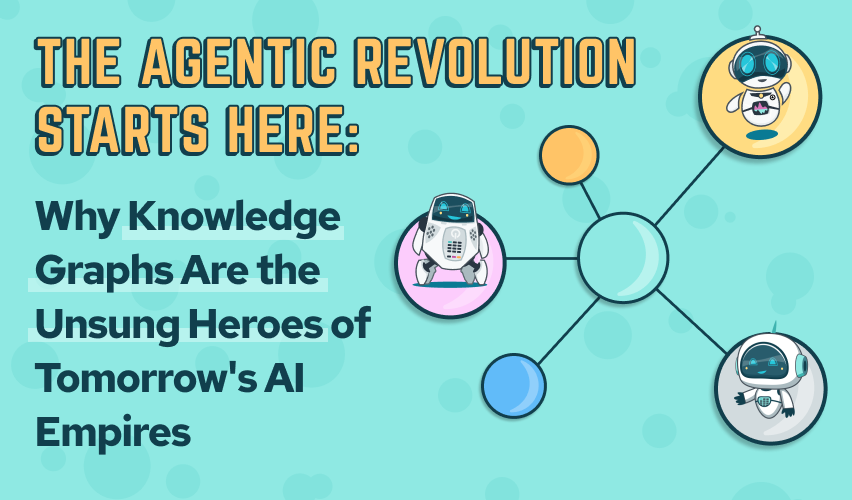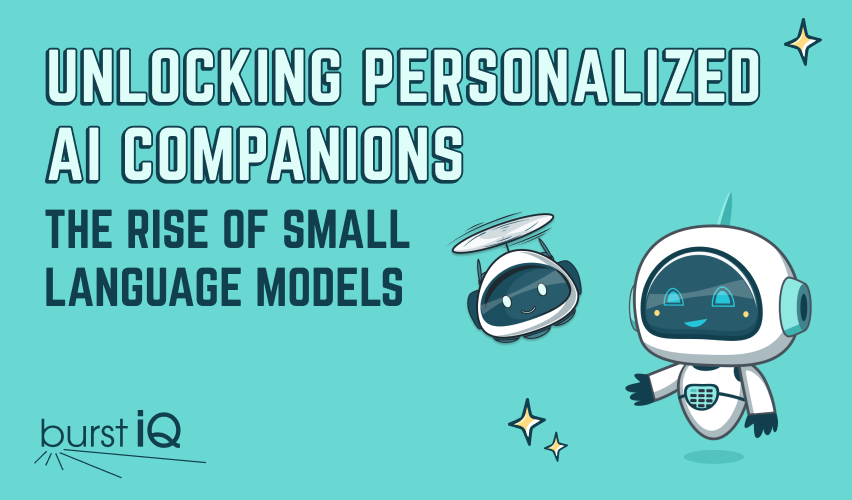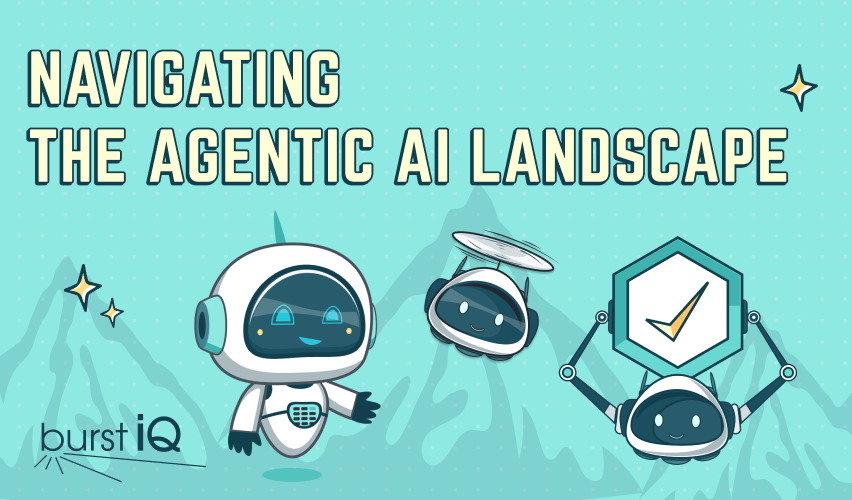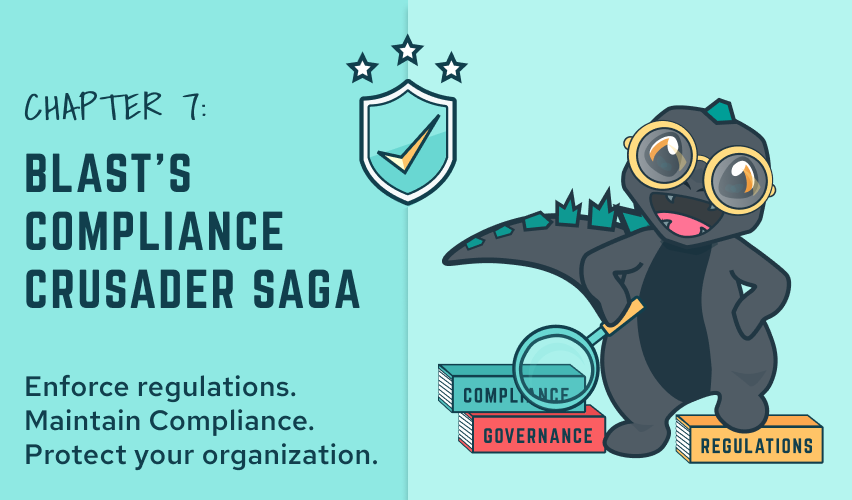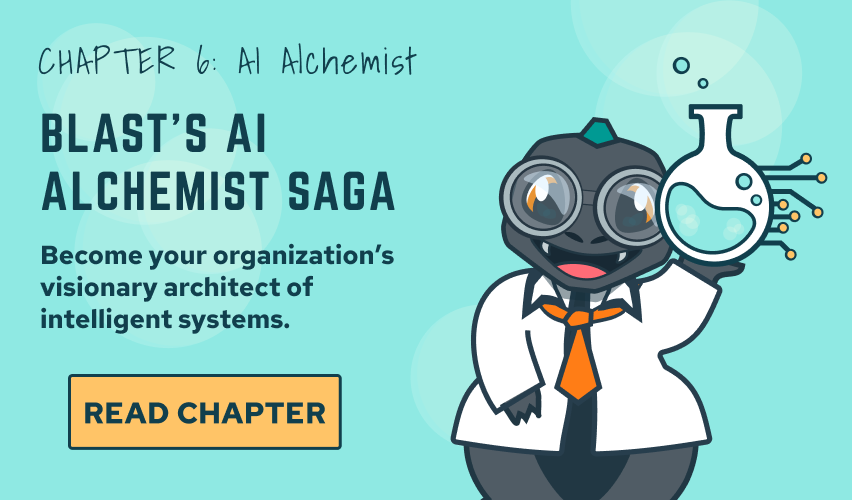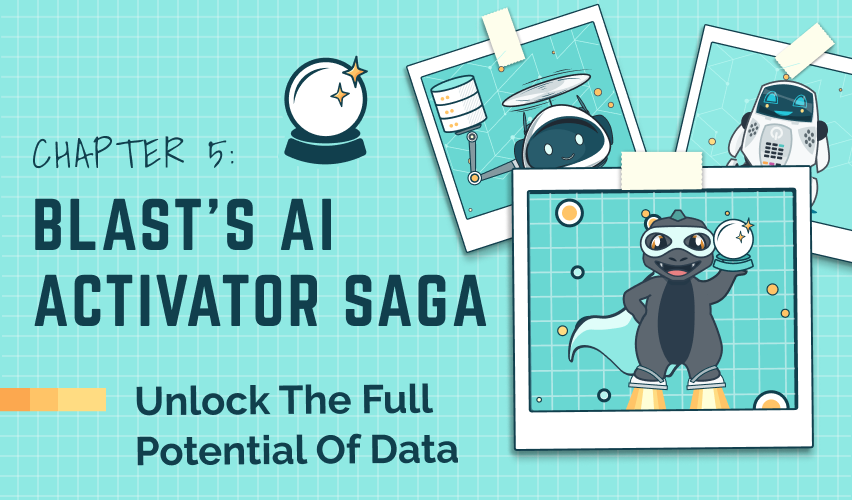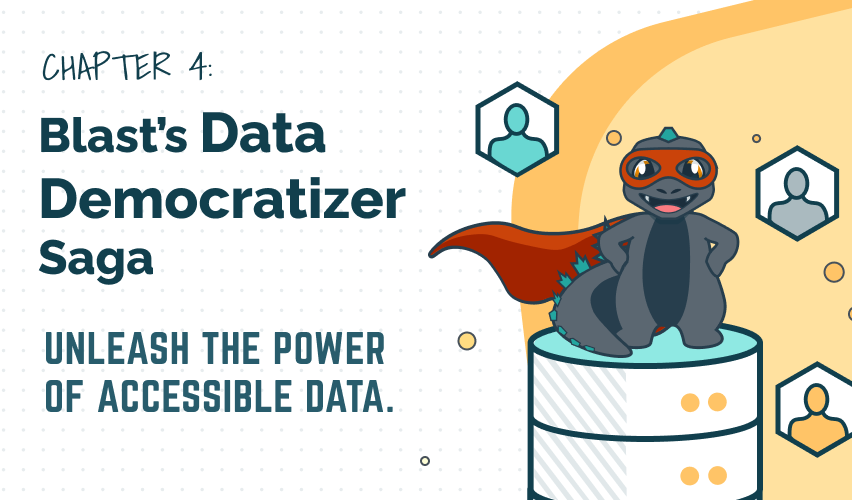A Secure and Trusted Gateway to LLMs for Privacy-First AI Innovation
As organizations race to harness the power of Large Language Models (LLMs) and agentic AI, they face a critical challenge: how to utilize these technologies without compromising data privacy, intellectual property (IP), or regulatory compliance. BurstIQ’s LifeGraph platform, a revolutionary solution that acts as a secure and trusted gateway to LLMs, is empowering organizations to unlock AI’s potential while protecting sensitive data. By leveraging advanced smart contracts, privacy-enhanced data governance, and the ability to establish data clean rooms, LifeGraph addresses the main challenges of deploying AI in regulated environments.
The Challenge of Deploying Agentic AI and LLMs
Agentic AI and LLMs are transforming industries such as healthcare, finance, and government. However, organizations still face significant hurdles:
- Privacy Risks: LLMs trained on vast datasets can inadvertently leak sensitive information or generate outputs that violate privacy laws like HIPAA or GDPR.
- Intellectual Property Concerns: Using proprietary or sensitive data to train or augment AI risks exposing IP, especially when data is shared with third-party models.
- Regulatory Compliance: Maintaining compliance with government regulations and enterprise security policies demands strict data governance, auditability, and transparency, which traditional AI pipelines often lack.
- Data Silos and Fragmentation: Disparate data sources hinder AI’s ability to deliver accurate, context-rich insights, leading to inefficiencies or errors.
- Trust and Accountability: Without clear audit trails and consent mechanisms, organizations struggle to ensure ethical AI use and defend against allegations of misuse.
BurstIQ’s LifeGraph platform tackles these challenges head-on, offering a secure, scalable, and compliant gateway to LLMs that transforms how organizations deploy AI.
LifeGraph: A Secure Gateway to LLMs
LifeGraph is an advanced data management platform that integrates blockchain, data fabrics, and knowledge graphs to create a dynamic, AI-ready ecosystem. As a gateway to LLMs, it ensures that data fed into models is secure, governed, and contextually enriched, enabling trustworthy AI outputs. Unlike traditional data pipelines that expose raw data to external models, LifeGraph acts as a data management and transaction layer, controlling access, enforcing privacy, and maintaining auditability. This makes it an ideal solution for organizations navigating the complexities of agentic AI in regulated sectors.
Core Capability: Dynamic & Revocable Consent
At the heart of LifeGraph’s secure gateway is its robust consent framework that supports dynamic and revocable consent scenarios. Consent is managed at a granular level, allowing individuals or organizations to specify who can access their data, for what purpose, and under what conditions. Dynamic consent takes this further by enabling real-time updates to permissions (including complete revocation of permissions), ensuring compliance with certain regulations (e.g., Part 11 and GDPR-like regulations) as well as flexibility in evolving data-sharing scenarios.
For example, in healthcare, a patient can grant temporary access to their medical records for a specific AI-driven analysis, revoking it once the task is complete. This is achieved through blockchain-backed Consent Contracts, a specialized smart contract that embeds consent rules and provenance together with data assets, ensuring that LLMs only process authorized data. This capability not only aligns with global standards like GDPR and HIPAA but also builds patient and consumer trust, a critical differentiator in privacy-conscious markets.
Fully Attributed, Tokenized, or Anonymized Data
LifeGraph’s ability to manage data in multiple forms, fully attributed, tokenized, or anonymized, sets it apart as a versatile gateway for LLMs.
- Fully Attributed Data: Data retains its full context and ownership metadata, allowing LLMs to generate precise, personalized insights while respecting governance rules. For instance, a researcher using an LLM to analyze patient data can access detailed records with explicit consent, ensuring compliance and accuracy.
- Tokenized Data: LifeGraph tokenizes data, creating secure, traceable assets that maintain privacy and ownership. The tokenization generates unique fingerprints for data brokers, enabling controlled data sharing in multi-party ecosystems, such as cross-organizational AI collaborations, without exposing raw data or personally identifiable information (PII). This protects IP and consumer privacy while enabling critical information exchange, a compelling feature for industries like finance or life sciences.
- Anonymized Data: For scenarios requiring maximum privacy, LifeGraph applies privacy-enhancing technologies (PETs) like differential privacy or data masking to anonymize datasets. This ensures LLMs can train or infer without risking re-identification, ideal for public sector or research applications.
In all the scenarios, LifeGraph doesn’t require the data owner to create duplicate datasets. Tokenization and anonymization happen in real time without the need for replication. These options give organizations flexibility to balance utility and privacy, addressing core concerns about privacy, IP exposure, and breach risk when integrating with LLMs.
Data Clean Rooms for Secure AI Collaboration
LifeGraph’s capabilities culminate in its ability to create data clean rooms—secure, virtual environments where AI systems and authorized parties can access and analyze data without compromising privacy. These clean rooms ensure that only permitted data is exposed to LLMs or human collaborators.
For example, in a healthcare consortium, multiple organizations can use a LifeGraph clean room to pool anonymized or tokenized patient health information (PHI) for AI-driven drug discovery. The platform’s dynamic consent ensures each contributor controls their data’s use, while blockchain audit trails provide transparency for compliance audits. This enables secure, collaborative AI innovation without the risks and administrative overhead of traditional data-sharing models, addressing the challenge of siloed data and fostering trust among stakeholders.
Additionally, as a consumer of data, the data unification layer provides a fabric that only requires a single query to all the permission data. In contrast, traditional databases require the researcher to query each data set separately and combine the results.
Privacy-Enhanced Data and Smart Data Governance
LifeGraph’s Smart Data Objects are a game-changer for privacy and governance. These objects are self-contained, embedding context, provenance, and governance rules, making them inherently AI-ready. Key features include:
- Privacy-Enhanced Data: Smart Data Objects (SDOs) have built-in privacy features such as encryption, anonymization, and zero-knowledge proofs, ensuring that data remains secure throughout its lifecycle, even when processed by LLMs. This mitigates risks of data leakage, a top concern for CISOs deploying agentic AI.
- Smart Data Governance: Governance rules are encoded into Smart Data Objects, automating compliance with regulations like FedRAMP or CCPA. For instance, if an LLM attempts to access unauthorized data, LifeGraph’s governance layer blocks it.
- Provenance and Auditability: Every data interaction is recorded on an immutable blockchain ledger, providing a verifiable trail of who accessed what and when. This satisfies regulatory demands for transparency and accountability, crucial for agentic AI systems that execute autonomous actions.
These features ensure that LifeGraph not only protects data but also streamlines compliance, reducing the operational burden on organizations deploying AI.
Market Differentiators
LifeGraph’s capabilities extend beyond technical features, offering compelling differentiators that address core organizational challenges:
- Integration with Existing Systems: LifeGraph employs REST APIs, streaming interfaces, and supports native healthcare and other data formats (EDI, HL7, Parquet, SPSS, FHIR, etc.) to seamlessly integrate with disparate systems, breaking down data silos without requiring costly overhauls. This enables organizations to leverage LLMs on existing infrastructure, accelerating AI adoption.
- Native Vector Database Support: LifeGraph’s recent addition of a native vector database enhances its ability to support standard Retrieval Augmented Generation (RAG) and hybrid RAG that combines semantic search with graph-based reasoning and knowledge graphs for richer, more accurate AI outputs. This is particularly valuable for agentic AI, where precise context is critical.
- Token Economy Incentives: LifeGraph supports the creation of marketplaces where data owners can securely derive value from their assets (including monetization), encouraging participation in AI ecosystems while protecting IP. This innovative approach transforms data from a liability into a strategic asset.
- Scalability for Agentic Populations: LifeGraph manages agentic AI as distinct entities with unique identities, enabling scalable governance of multi-agent systems. This addresses the challenge of agent sprawl, ensuring each agent’s actions are traceable and compliant.
Conclusion
BurstIQ’s LifeGraph is more than a data platform; it’s a secure gateway to LLMs and agentic AI that redefines trust in AI-driven ecosystems. By prioritizing data ownership and consent, offering flexible data management, and enabling privacy-enhanced data clean rooms, LifeGraph empowers organizations to innovate without sacrificing compliance, privacy, or IP. LifeGraph’s smart data governance, scalability, and real-world impact make it a market leader, solving the critical challenges of deploying AI in regulated environments.
As you explore AI’s future, consider how LifeGraph can transform your data into a superpower for secure, ethical innovation.
